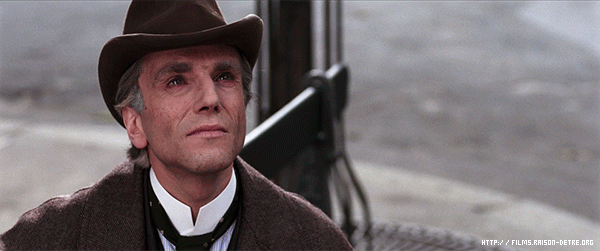WHAT HAPPENED IN 1917?
What are the stories we choose to tell?
Every one of us grew up surrounded by stories. Some, we were told were stories. Others, we thought we knew to be the truth, until time revealed they, too, were stories of a kind. Still others were stories we told ourselves, one way or another. And sometimes these stories were embellished, and sometimes they were honest, and sometimes they were important to the world, and sometimes they were important to us, more than anyone else, but the ones we remember best are the ones that were our stories, and those were the once we wanted to tell.
In 1917, Sam Mendes tells a story, but…it’s not quite the story we might have expected.
After all, the ‘War Film’ is not new; from All Quiet on the Western Front (1930), through The Best Years of Our Lives (1946) to Patton (1970), Coming Home (1978), Apocalypse Now (1979), Saving Private Ryan (1998), and last year’s Dunkirk, we have seen a number of films that dealt with war and its aftermath. Some of them follow a person, some an event, some take a more macro-level view of the ‘theatre’ of war, and the best ones have always shown up the futility of it, even in the midst of acts of great personal heroism. Hell, even Wonder Woman, that glorious, campy, charming World War I film, makes it a point to show Diana’s artless optimism wither away in the face of the realities she is facing.
But 1917, in a sense, is not about that. Or not as much as you think it would be.
The film begins and ends with a near-identical shot of a soldier relaxing against a tree. The story is what happens in-between, a saga that begins in a bunker in a trench and ends just outside a hospital-tent. It’s a heart-stopping, heart-rending, breath-taking, awe-inspiring saga of a mission to get a message across and through enemy lines to call off an attack, and through the use of a simulated single-shot, we are thrust into the story as though it were happening to us. We see the desperation of the men in the trenches, the rotting bodies and the pecking crows, the gnawing rats and the clouds of dust, the murky, blood-stained water, the senseless violence and gruesome deaths, the heavy, brutal reality checks, and the moments of tenderness that seem to redeem us as much as the characters.
Through long stretches of silence punctuated by loud noise, pitch darkness and vibrant light, silhouettes and close-ups, frantic chases and a memorable, melancholy moment of rest, 1917 tells a story that is utterly riveting; an experience that only Indian theatre-owners and their insistence on an ‘Intermission’ to sell overpriced popcorn can harm, though even so, not ruin.
George MacKay and Dean Charles Chapman are the lead actors in this drama, tasked with delivering a message to a regiment deeper in German-held France that is on the verge of walking into a trap. One of the soldiers in that regiment is the elder brother of Chapman’s Lieutenant Blake, giving him the personal interest in the mission’s success that the higher-ups seem to think is essential. He and his friend, an initially-resentful Schofield (MacKay), set off, through the trenches on their front, full of weary, irritable soldiers, past the men holding the frontline, past No Man’s Land, into the German trench, and beyond.
Mendes paints scenes—or rather, given the whole film is simulated as one scene, let us call them moments—that stick in the viewer’s consciousness.
There is the moment we realise that the General did not even know that the Colonel he referred the men to, had been dead for two days; when a Lieutenant administers them their final rites as they prepare to climb out of their trench; when Schofield’s hand goes into a dead man’s gaping, open, chest wound. Many, many moments when all hope is lost, moments when we see in the background a futility to their efforts that does not render them any less noble, moments of incredible beauty, as a village is lit up with blazing lights that are almost festive in their deadly, destructive dazzle.
And the climax, the rousing, distressing, stand-up-in-your-seat eye-popping climax…followed by the inevitable low of the realisation of how temporary victories are in a war such as this, of knowing that the war would not end till another year had passed, only to be followed by another.
1917 is all this, an achievement of technical brilliance, a thing of awesome beauty that leaves a lasting impression.
But it is, still, a story. The sort of story; perhaps a specific one, that Sam Mendes’ grandfather may have told him. A story of hope, with a hero and his journey, an Odysseus-like voyage through terror and treachery. In an age where memories of that time fade; when we think of that horrible war as an afterthought, when those who fought in it are long gone, it is an important story to tell, for it speaks to hope, and bravery, without glossing over the trauma that war engenders.
What it is not, is a commentary. As war films go, there have been better; as commentaries go, there have been better; but that—that is judging a fish on its ability to fly.
1917 is a story a man chose to tell, and he told it marvellously well.
We should not ask for more than that.











